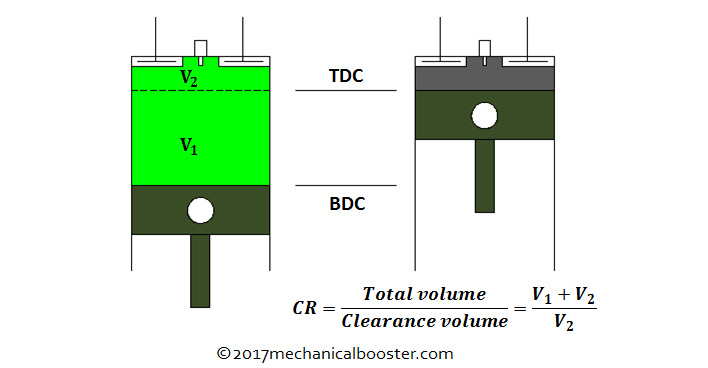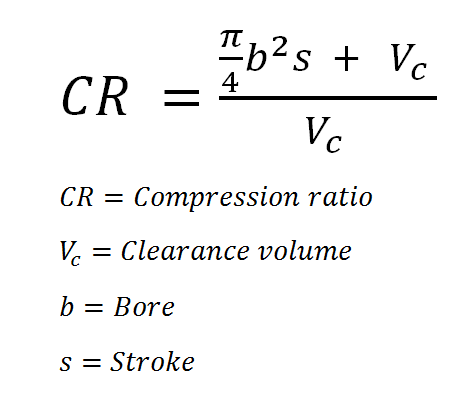

- #JPEG COMPRESSION RATIO CALCULATOR INSTALL#
- #JPEG COMPRESSION RATIO CALCULATOR SOFTWARE#
- #JPEG COMPRESSION RATIO CALCULATOR WINDOWS#
Unlike ImageMagick's identify, JPEG Judge only operates on JPEG files and they must be of identical size.
#JPEG COMPRESSION RATIO CALCULATOR WINDOWS#
Microsoft Windows does not yet have those tools in the Microsoft Apps Store, but they can be installed manually.
#JPEG COMPRESSION RATIO CALCULATOR INSTALL#
Apple MacOS: brew install imagemagick, JPEG Judge must be compiled by hand.Debian GNU/Linux: apt install imagemagick jpegjudge Ubuntu & Mint: same as Debian.While ImageMagick and Judge are not UNIX specific commands, they are often bundled with UNIX-like OSes.

Here's a screenshot of an image comparison program which shows the output for both ImageMagick's quality assessment and JPEG Judge. Despite being a very old program, it still works so I still use it.įor example, given the images a.jpg and b.jpg which used in his answer, we can run a test like so: jpegjudge a.jpg b.jpgĪnd the output shows that the image that looks better to us humans is also favored by this algorithm: a.jpg: 319 When I need a more robust heuristic, I pull out judge (also known as JPEG Judge) which uses a statistical analysis of the image to assign a "quality" from 0 to 1000. Typically, these are images that have been reprocessed multiple times by many different people and/or automated systems. I have found ImageMagick's quality assessment to be useful in my own work, but it sometimes fails on images I've received from others.
#JPEG COMPRESSION RATIO CALCULATOR SOFTWARE#
While I see point about humans being the ultimate judge, I do not think using software is unreasonable. JudgeĪ good question is: How easily fooled is ImageMagick when given typical images? answers that not only is ImageMagick's algorithm useless, but the problem is inherently subjective and only a human can compare images for quality. The ImageMagick algorithm works reasonably well and is fast. For example: identify -format "%f %Q%% (%wx%h, %B bytes)\n" a.jpg b.jpg Quick summary: identify -format "%f: %Q\n" a.jpg b.jpgįor the particular task in this question - determining a reasonable quality to save at so things look roughly the same quality - the answer by Rolazaro Azeveires is more than sufficient: just use ImageMagick's guesstimate of image quality with the identify command. It should IMHO be very obvious that neither file size nor ImageMagick's quality level are suitable to judge the true quality of an image file. Let us assume that we have the same image from a different source and for this file, ImageMagick reports a quality of 99 and the file size is 21.470 bytes: Yes, the quality is not exceptionally good, there are some visible artifacts and ImageMagick reports a quality of 62 while the file size is 17.426 bytes: The only reasonable way to judge the quality of a JPEG file is to look at it and not to rely on some magic number procuded by a software tool. Here are for example the quality reported by ImageMagick for some different options when saving an image from Photoshop: Photoshop ImageMagick identify -verboseĪs you can see, even within one software, two different functions 'save image' and 'save for web and devices' are both using different quality level scales and neither match the quality level reported by ImageMagick.Īddition: Since Chris H tries to argue that the quality level as reported by ImageMagick can be useful in some cases, I will show some examples why that is not the case. Analyzing the file later with ImageMagick is likely to give you a very low quality level, since ImageMagick only sees a few quantization tables and does not realize that actually only a small number of quantization tables was necessary to save the file at a high quality setting. ImageMagick calculates its own quality-index based on the number of quantization tables in the image file and this number may again differ from the quality level you actually set when saving the image.įor example, if you have a structurally simple image, the simplest being a single-coloured tile, and you save it at level 100 with a software using a perceived quality index, the software can save the image essentially lossless with only a small number of quantization tables. If you use ImageMagick as suggested by Rolazaro Azeveires, it will indeed print a quality-number, but this number is not based on EXIF data. The actual result when saving a JPEG with compression level 60 in one software can differ significantly from what another software produces when set to level 60. No, you can not and it does not make sense to do so, since there is no ubiquitous definition of the JPEG compression level.


 0 kommentar(er)
0 kommentar(er)
